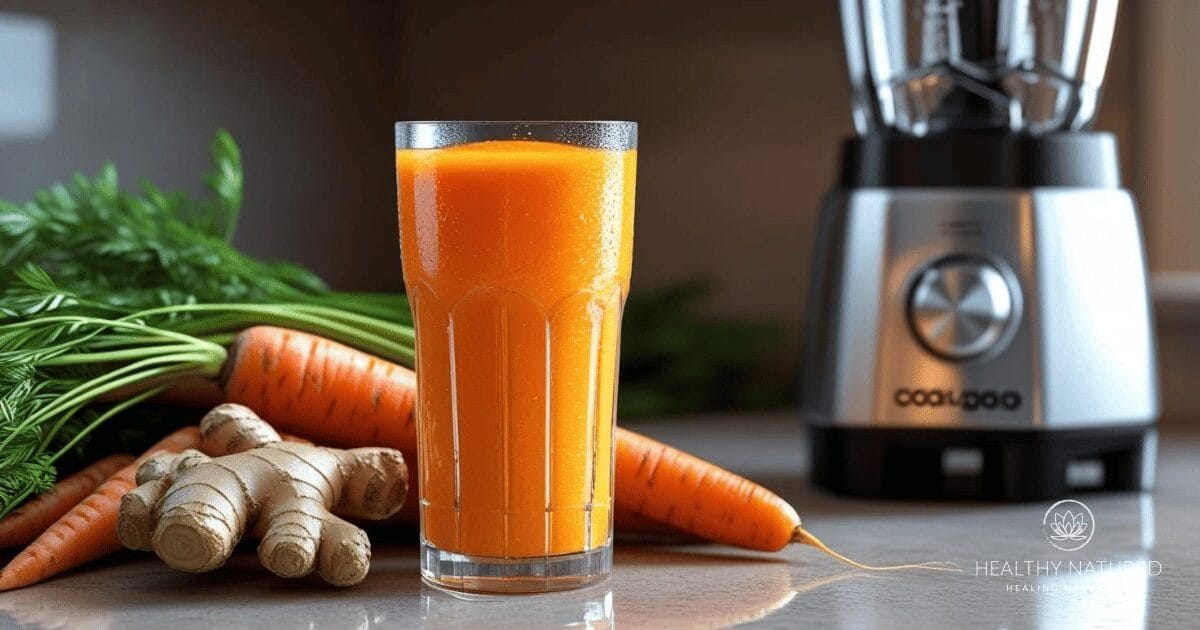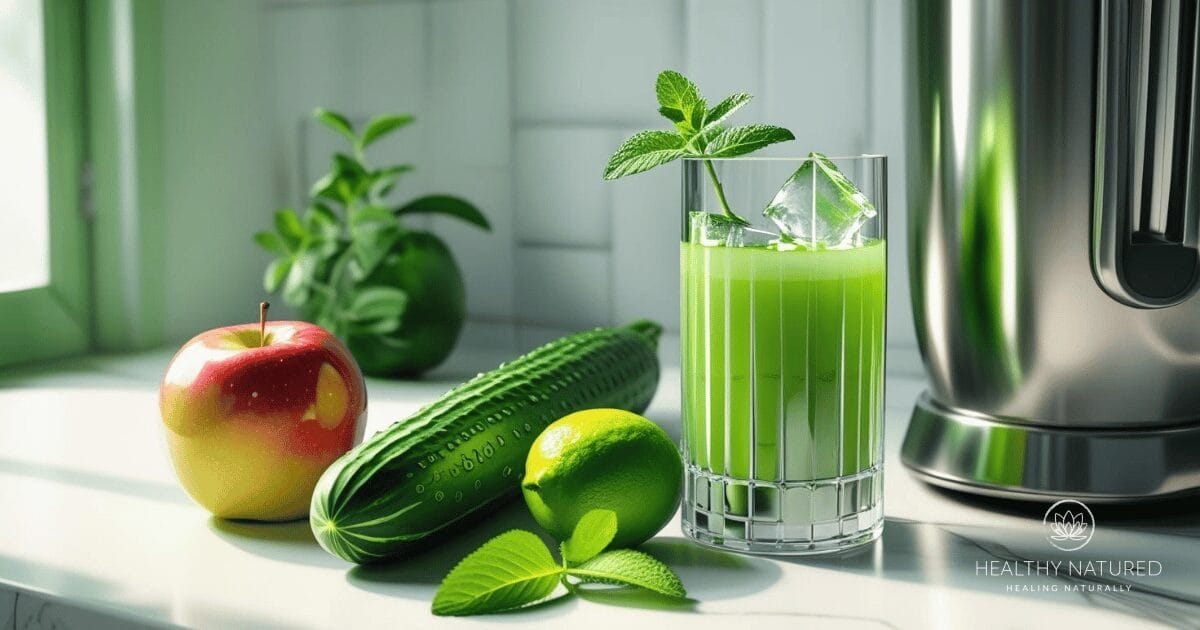A home-based juice cleanse for weight loss uses fresh vegetable and fruit juices to help you reset eating habits and promote gentle detox. Most appreciate the convenience and flexibility of a home-based cleanse, using ingredients that fit your preferences and requirements.
For you, it provides an accessible vehicle to add more nutrition while aiding in weight loss. Follow along for tips, recipes, and safe guidelines for your own cleanse in the chapters to follow.
Key Takeaways
- Juice cleanses might be a shortcut, but real weight loss is about balance.
- By using fresh, seasonal produce at home you maintain control over quality and can customize juices to your taste and dietary requirements.
- Anticipate a bit of early weight loss—primarily water weight—but recognize that this is seldom long lasting without healthy habits to follow.
- Be kind to your body and don’t be an extreme calorie restrictionist, to save your energy, your mood and your nutrients.
- Employ your cleanse as a way to take stock of your status with food and define new tangible objectives going forward.
- Emerge slowly into the world of solids once again, keeping the spirit of your cleanse alive in your day-to-day nutritional existence.
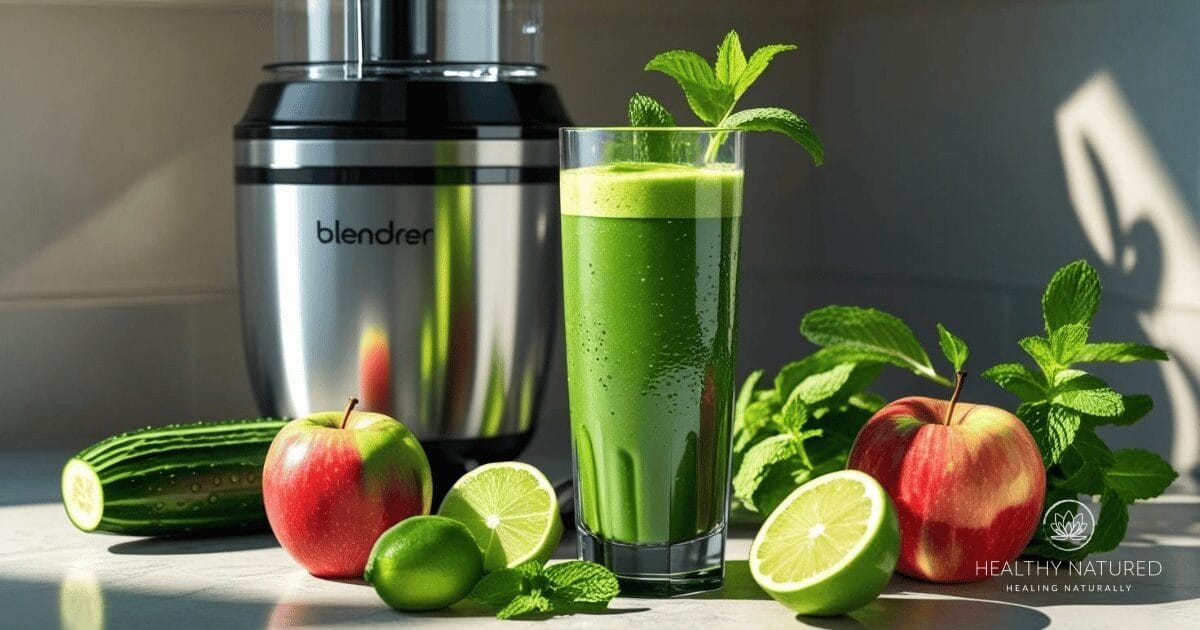
The Juice Cleanse Reality
Juice cleanses frequently seduce with the siren song of quick weight loss and purification, often promising a refreshing flavor and detoxification. Most are intrigued by the prospect of hitting reset with a day juice cleanse recipe, imagining a trimmer physique and healthy way to detox their system. However, not all juice diets are the same; ingredients, nutrient content, and expectations all factor into their effectiveness.
1. The Promise
Juice cleanses are sold as a shortcut to drop pounds and feel revitalized. It’s hard not to be seduced by promises of taking off pounds in a matter of days, or re-energizing yourself from a profiterole of vitamins and antioxidants. These beverages can be packed with vitamin C, potassium and even phytonutrients from any leafy greens, carrots and berries.
The placebo effect can be powerful. You may feel lighter and clearer and even pride in following a difficult path, which is its own pick-me-up. The reality is that much of the early weight loss is water weight, not fat. Sure, calorie restriction can provide rapid results, but these are almost never sustainable. Detox is bunk, your liver and kidneys do that already.
Juices may provide antioxidants, but they lack the fiber, protein, and good fats your body craves for real harmony.
2. The Process
Any kind of serious cleanse begins with some serious preparation. You select your timeline — say 3 or 5 days — and gather your fresh organic fruits and vegetables. I’m a big fan of apples, cucumbers, celery, beets and citrus for flavor and nutrients. Mixing up ingredients not only keeps things interesting but guarantees you a variety of vitamins and minerals.
During the cleanse, it’s important to watch how much juice you’re drinking and your hydration as a whole. Others find it good to journal — jotting down energy, mood, and cravings. This documentation provides perspective for future attempts and keeps you aware of your emotional connection to food.
3. The Pitfalls
The majority of juice cleanses limit calories significantly. Hunger, fatigue and mood swings tend to rear by day two. Your body can go without essential protein and fats, leading to the possibility of malnutrition and energy crashes. Liquid diets, particularly ones with fruit-heavy juices, can incredibly spike sugar, causing blood sugar irregularity and even a higher eating disorder risk.
As soon as normal eating resumes, the pounds return–occasionally with a few bonus ones. The absence of fiber and protein decelerates metabolism, which makes bounce back weight gain inevitable. Juice alone discounts the advantages of whole foods, which offer enduring satiety and sustenance.
4. The Purpose
Specifying your goal—weight loss, detox, or a reset—keeps you grounded during the difficulties. Use the cleanse as a mirror into your eating habits and relationship with food. What many find is that the reality is in mindful awareness, not physical.
With intentions, the cleanse becomes less of a quick fix and more of a prompt for deeper, healthier decision making. When the juice cleanse is over, maintain the forward motion by incorporating more whole foods – grains, legumes, vegetables – into your regular meals. This establishes a sustainable wellness base beyond the ephemeral impact of the juice-only cleanse.
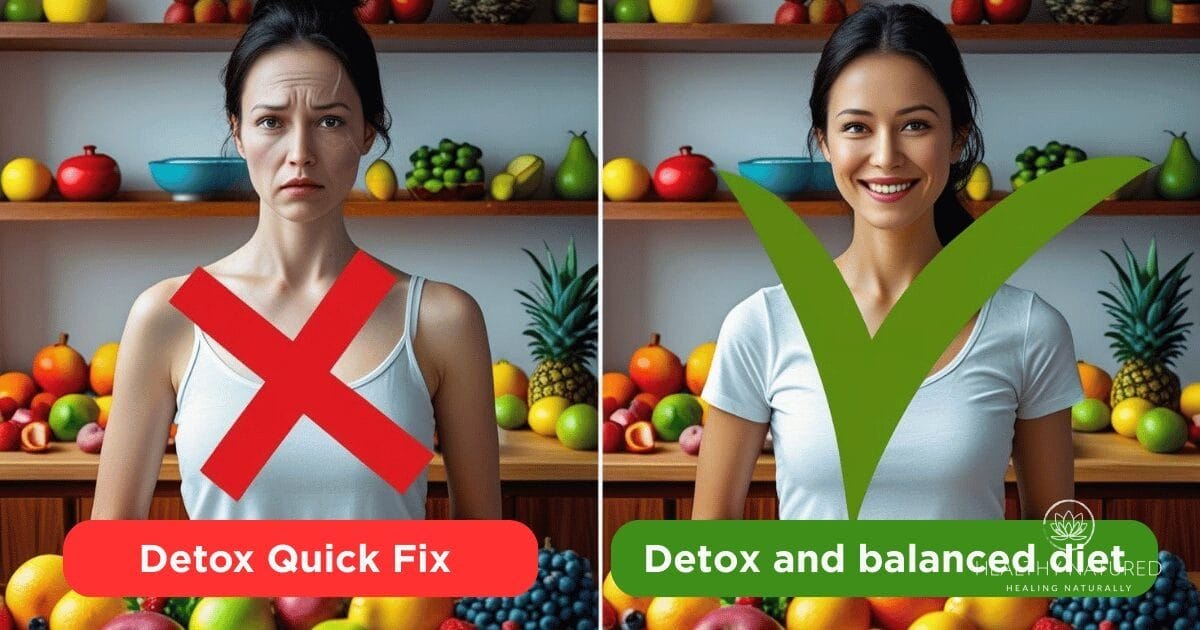
Why a Home-Based Cleanse?
A home-based juice cleanse isn’t a fad—it’s a down-to-earth journey towards wellness, particularly if weight loss and nutrition are your concerns. When you enter the home juicing realm, you bring yourself freedom, autonomy, and an opportunity to respect the specific demands of your body and lifestyle.
Not to mention, squeezing your own juices at home is typically much more affordable than purchasing pre-packaged cleanses from a wellness shop or brand. A daily juice from a commercial provider, on the other hand, gets expensive fast — frequently costing two to three times what it would to just buy the produce yourself.
With home juicing, you buy a basic juicer once (no fancy required) and then select fruits and veggies that fit your budget. Even with the organic choices, you’ll probably pay less per serving. This leaves room in your budget for the good stuff: high-quality ingredients, maybe a splash of ginger for warmth, a handful of spinach for iron, or a sweet pear to balance out the greens.
The ability to customize your cleanse is where home juicing really rocks. You’re not forced with impersonal flavors or recipes that don’t appeal to you. Maybe you dig a tangy mix of green apple, cucumber and lemon, or you want to add some anti-inflammatory turmeric.
If you need to steer clear of certain foods–like avoiding pineapple because of allergies or selecting low-sugar veggies if you’re monitoring blood sugar–you do so on your own. You can even vary the amount of fiber, leaving some pulp in for additional filling power, or straining it out for a creamier blend. The strength to test is yours, and your juice can be strong or mild.
Ingredient quality is the second major benefit. YOU choose what goes in your glass, and just as important, what doesn’t. You can opt in for organic produce, choose local ingredients when available, and bypass any additives or preservatives found in the store-bought versions.
With this control you’re not just cleansing your body – you’re avoiding unneeded sugars, sodium and artificial flavors. If you’re watching nutrition, you can emphasize low-sugar fruits, greens, or even root vegetables for a lighter cleanse that still complements your weight loss efforts.
Convenience is a silent champion in this equation. Juice made at home can work into even the craziest of schedules. Early AM? Throw your favorite components in the juicer pre-work.
Looking for an afternoon boost? Fix up a new bottle to carry with you. No waiting for deliveries, no dependency on juice bars and no chance of running out when you need it. The process becomes a mini ceremonial—minutes selecting, mincing and mashing—that anchors you in the moment.
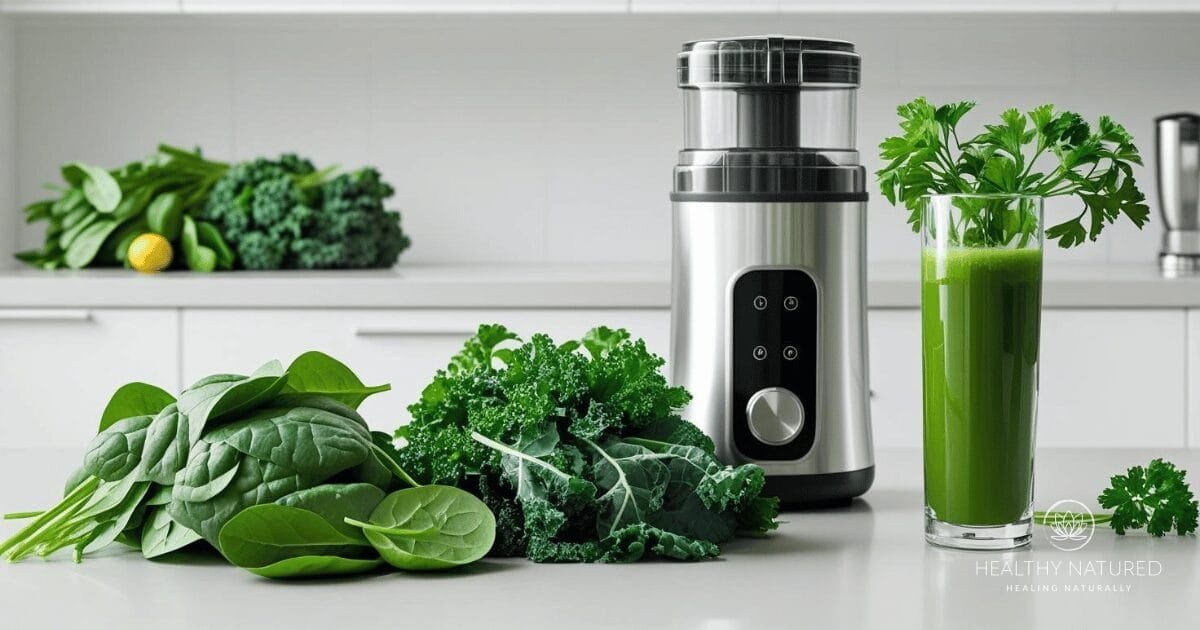
Crafting Your Detox Juice Cleanse
A home juice cleanse means control… control over the ingredients, control over the flavor and control over the nutrition. The initial two or three days are generally the most intense while your body gets used to it—be prepared for strong detox symptoms, occasionally even drowsiness.
Scheduling your cleanse during a more relaxed time and easing in and out with pre-cleanse and post-cleanse meals makes the process more manageable and triumphant.
The Foundation Of A Detox Juice Cleanse Recipe
Leafy greens such as spinach, kale, and parsley are the backbone of any nutrient-dense juice. They’re loaded with vitamins, minerals and chlorophyll, aiding detox and vitality. Cucumbers and celery introduce hydration, and apples give a hint of sweetness to counteract more earthy tones.
Hydrate. Throw in detox juices like watermelon, oranges or pears to keep your juices light and hydrating. Their hydration properties keep you fluid, particularly on low-energy days.
Color is key—deep purple beets, radiant carrots and golden bell peppers all provide different antioxidants and nutrients, so your cleanse is beautiful AND nutrient packed.
A good juicer does matter. Because cold-press juicers extract more nutrients and preserve flavors, that means fresher, more potent juice.
The home-based juice cleanse for weight loss Flavors
Natural sweeteners, like a drizzle of honey or a splash of agave, can mellow the bite of strong greens. After all, balancing tartness with sweetness is the key — why not pair pineapple with kale, or apple with lemon?
Citrus — think lime, orange, and grapefruit — add brightness and slice through weightier flavors, providing a refreshing lift to your juice. Ginger and turmeric add character but anti-inflammatory benefits, helping soothe the body as it detoxes.
Keep the home-based juice cleanse for weight loss fun by mixing it up. Go apple, carrot and ginger for a classic, or combine beet, orange and mint for the unexpected.
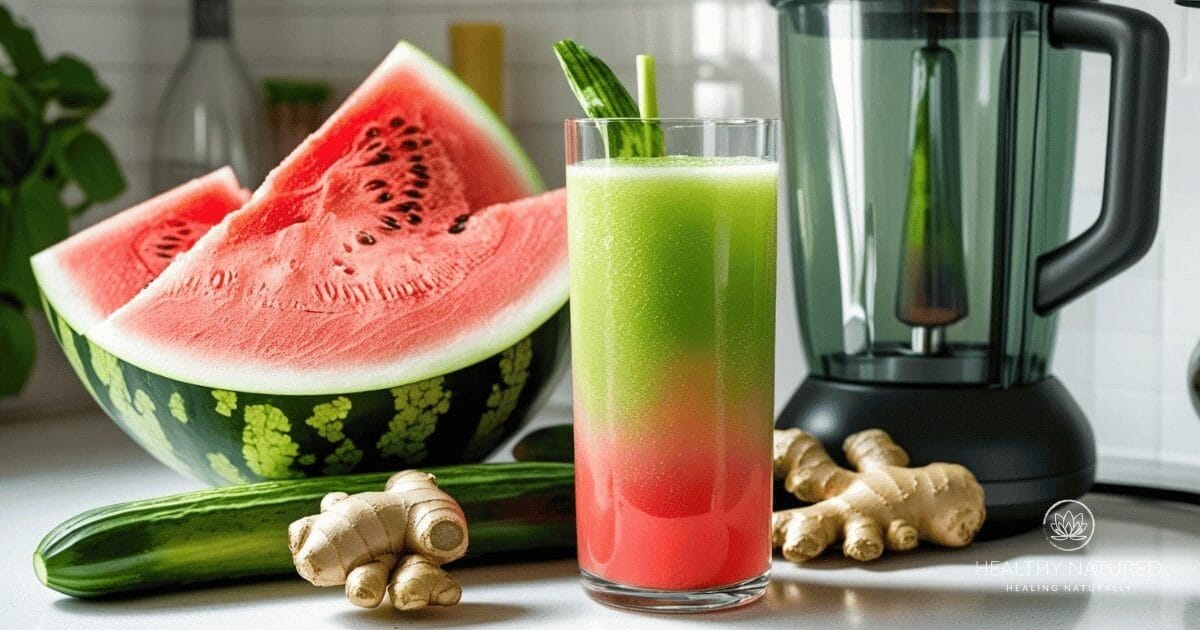
The Function
|
Ingredient |
Role in Cleanse |
Benefit |
|---|---|---|
|
Spinach |
Detox, vitamin boost |
Iron, vitamin K |
|
Cucumber |
Hydration, cooling |
High water, silica |
|
Apple |
Flavor, gentle laxative |
Fiber, vitamin C |
|
Lemon |
Alkalizing, antioxidant |
Vitamin C, aids digestion |
|
Ginger |
Anti-inflammatory, warming |
Gingerol, immune support |
|
Carrot |
Eye health, sweetness |
Beta-carotene, fiber |
|
Beet |
Liver support, color |
Folate, manganese |
Fiber is typically lost when juicing, but retaining some pulp allows you to preserve digestive health and slow the absorption of sugar. Micronutrients—vitamins and minerals—play a vital role in supporting metabolic health, think magnesium for energy or vitamin C for immunity.
Customize your juices to your objectives. For immunity, toss in citrus and ginger. For vitality, grab some beet and spinach. Home juicing lets you tailor each glass.
-
Leafy greens (spinach, kale, parsley)
-
Hydrating vegetables (cucumber, celery)
-
Assorted fruits (apple, pineapple, orange, pear)
-
Citrus (lemon, lime, grapefruit)
-
Herbs and spices (ginger, turmeric, mint)
-
Natural sweetener (honey, agave)
-
High-quality juicer
-
Filtered water

The Weight Loss Connection
Juice cleanses have buzzed into the scene as a DIY way to jumpstart weight loss. Their appeal is frequently in their promise of speed. Underneath the covers, the mechanisms are more subtle. Juice regimens tend to come with calorie reduction, more fluids, and a rest from processed foods.
The following table highlights how these factors interact in the context of weight management:
|
Factor |
Impact on Weight Loss |
Considerations |
|---|---|---|
|
Calorie Reduction |
Creates calorie deficit |
Risk of malnutrition, muscle breakdown |
|
Hydration |
Reduces bloating, flushes toxins |
Essential for metabolism; does not equal fat loss |
|
Psychological Reset |
Boosts motivation, breaks habits |
Short-term; sustainability depends on post-cleanse |
|
Nutrient Intake |
Provides vitamins, minerals |
Lacks protein, healthy fats, fiber; sugar spikes |
Juice cleanses will help you step back from the rut of crappy-food-consumption, making you more mindful about what you put in your mouth. Others discover that their cravings for salty or sweet snacks subside post-cleanse, easing the shift to a whole-foods diet.
The true difficulty is in sustaining this healthiness post-cleanse, where a return to old habits usually means that you regain that weight.
Water Weight
What stands out the most during a juice cleanse is the scale dropping at lightning speed. That’s because it’s mostly water weight loss, not fat. When you cut calories and transition to primarily liquids, your body burns through those glycogen reserves, and each gram of glycogen contains multiple grams of water.
This loss of water can make you feel lighter and less bloated. Hydration serves a dual purpose here. Juices are extremely rich in water, which assists in flushing out any surplus fluids and salts in your system. This can immediately alleviate bloating and pain.
It’s important to understand, though, that such water weight loss is temporary. As soon as you resume normal meals, your body simply rebalances the water. Healthy weight results from consistent hydration and nutrition, not temporary elimination.
Calorie Deficit
A detox juice cleanse recipe establishes a calorie deficit — the basis for any weight loss. Juice fasting means you’re probably taking in a lot less calories than normal. This can be a dangerous strategy.
Without protein and healthy fats, you’re at risk of malnutrition and muscle loss, which can slow your metabolism. It’s smart to track your calories — just not obsessively. Others do well blending juices with light, balanced meals—say a small salad or a handful of nuts—to provide more steady energy and ward off muscle catabolism.
This more moderate path allows you to stay in a caloric deficit yet still feed your body.
Habit Reset
Juice cleanses, when done right, are one of the most effective ways to break your food addictions and emotional eating habits. The simplicity of a cleanse creates room for you to ask yourself why you grab certain foods — out of stress, boredom, or compulsion.
This awareness can motivate you to make new commitments to your diet. After a cleanse, a lot of people have the enthusiasm to eat whole foods—think steamed veggies, legumes, and whole grains—and avoid processed snacks.
If you set small, realistic goals based upon what you’ve learned in your cleanse, you’re more likely to see lasting change.
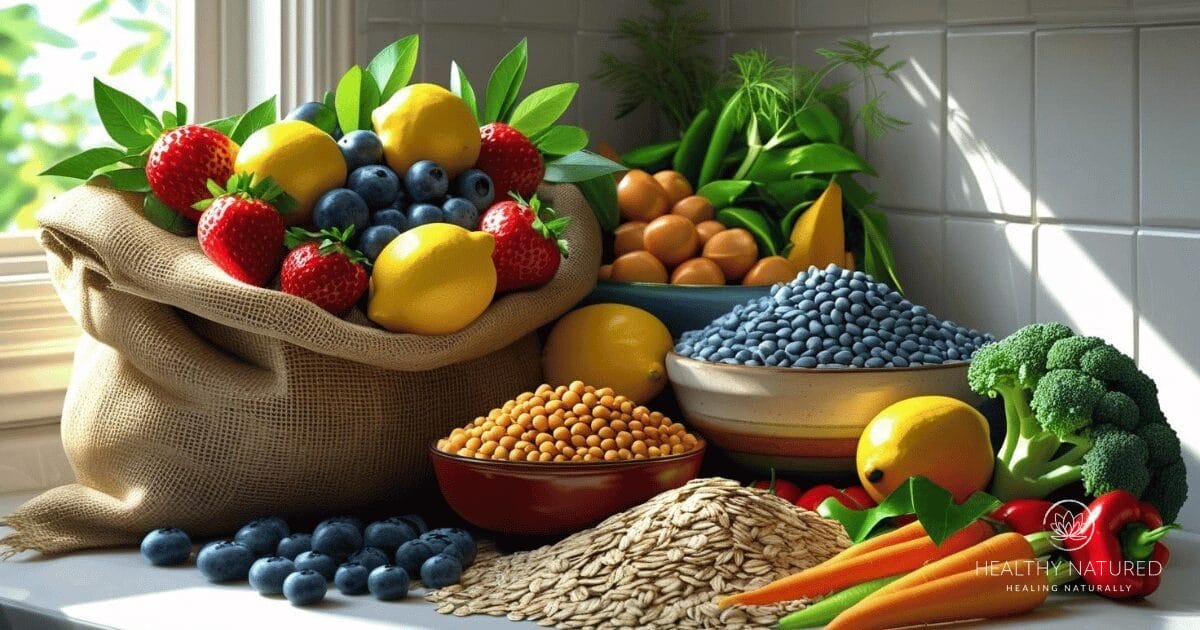
Beyond the Cleanse
Detox juice cleanse recipe juices should just be the start. What you do next decides if those benefits—of feeling lighter, more energized, and clearer—will stick around. Making the transition intelligently safeguards your digestive system, preserves your weight loss and rescues you from the dreaded post-cleanse consequences like muscle loss or nutrient deficiencies.
Capitalizing on your cleanse insight, you can craft permanent habits that support your body and soul.
Reintroduction
Post-cleanse your digestive tract is sensitive. Adding solid foods back in should be slow, best over a minimum of three days, so your body can readjust. Begin with gentle, simple choices such as steamed vegetables, ripe fruits or plain yogurt.
Whole, nutrient-dense foods—like brown rice, quinoa, avocado, or leafy greens—will keep your weight off and your blood sugar stable.
Listen to your body as you reintroduce foods. Some find sensitivities they never knew about — like bloating after bread or sluggishness after dairy. This is your chance to optimize your eating habits.
Hydrate and eat balanced meals. Water, herbal teas, or diluted broths will support your recovery and keep your cleanse glow going.
Maintenance
Sustainable transformation emerges when you integrate cleanse teachings into your regular dining. Construct a long term eating plan with lots of vegetables, whole grains and lean proteins so that you don’t face the potential for nutrient deficiency that multiple or ill-conceived cleanses can cause.
Establish goals from your cleanse, like eating consciously or reducing processed foods. Exercise is key—a few walks a day, yoga, or biking keeps your metabolism humming and backs up your weight goal.
Pay attention to portion sizes and recall the gratification of eating nourishing, uncomplicated food. That’s part of what keeps you from regressing once the zeal wears off.
Alternatives
Juice cleanses aren’t the only way to reset or detox. If you yearn for diversity, there are smoothie cleanses or whole-food resets where you simply consume unprocessed ingredients for a few days.
Detox teas and targeted supplements can provide extra support, but investigate them for effectiveness and safety before you incorporate them. Alternatively, there’s intermittent fasting, which gives your digestive system a break for half the day, but still delivers full nutrition.
Try different takes, and pick one that suits your lifestyle, energy-demands, and health goals. Keep in mind that not every technique fits every physique — customization is crucial.
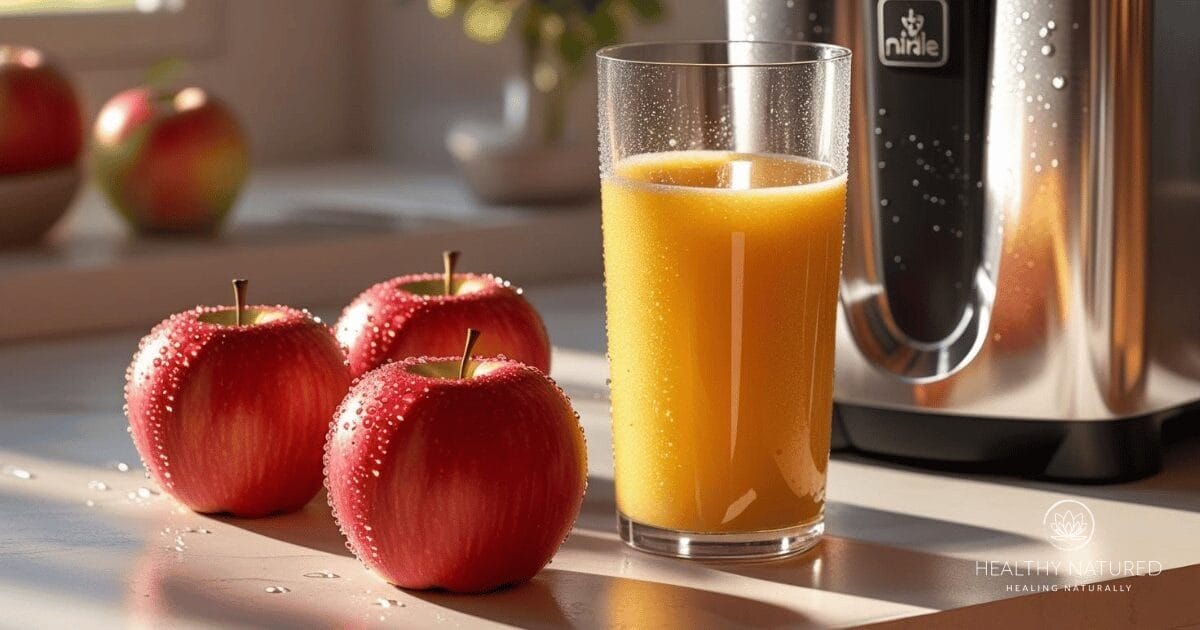
A Nutritionist’s Honest Take
So, a DIY at home juice cleanse for weight loss is a quick fix. It’s tempting, particularly when you’re trying to reset or feel lighter. Though the concept has some foundation in traditional medicine, most nutritionists will tell you that you have to have a pragmatic mindset before going in.
Nutritionists believe juice cleanses provide a quick dose of vitamins, minerals and antioxidants. For instance, freshly squeezed carrot, apple, or citrus juice is loaded with skin- and immune system-loving vitamin C and beta-carotene. A three-day juice cleanse frequently causes weight loss because you’re consuming fewer calories, and occasionally, your microbiome changes for a short while.
That all sounds great, but it’s not a silver bullet. What you lose is generally water and muscle, not fat. As soon as you resume normal eating, the weight returns.
Balanced nutrition is key. Juices, even the most vibrant and organic, won’t give your body the fiber, protein, and fats it craves to maintain energy. Solid foods—such as oats, chickpeas, or brown rice—keep you fuller longer because they contain fiber and protein, benefits that curb your appetite and support muscle mass.
While spinach, kale, or beet juices are nutrient-dense, in excess, they can be destructive to your kidneys because of their oxalate content. This can be a risk for oxalate nephropathy, a rare but serious kidney concern. When you depend solely on juices, you’re missing out on nutrients such as iron, vitamin D, and zinc. These are key for your immunity if you’re already feeling rundown.
If you’re considering a juice cleanse as your primary avenue for weight loss, nutritionists warn to tread carefully. They can suppress your metabolism, meaning extreme diets will actually make it more difficult for you to shed weight down the road. You could even experience a decline in your resting energy expenditure if you cut calories too much.
This causes your metabolism to slow down, ultimately burning fewer calories at rest — leaving you stalled and sluggish.
The most wholesome way? Consider these juices an enhancement–not a substitute–to a well-rounded diet. Have a green juice with breakfast, or a carrot-ginger as an afternoon snack, but don’t miss meals.
Pay attention to your body and observe how you feel. Nutrition is personal. What works for your friend or a celebrity won’t work for you. As always, talk to your doctor before beginning any cleanse, particularly if you are health compromised or have very specific weight loss targets in mind.

Conclusion
By selecting a home-based juice cleanse, you have more control and can utilize fresh ingredients best suited for you. You’ve now learned the advantages, the restrictions, and the stark truth about what a juice cleanse can and can’t do for weight loss. It keeps you from burning out while fueling your healthy ambitions. The true payoff derives from discovering what your body actually reacts best to and cultivating new habits that extend well beyond any cleanse. When you tackle this with a spirit of wonder and compassion for yourself, you’ll be much more apt to see the magic begin to happen both inside and outside. Trust your instincts, stay curious and hey, it’s all a little bit of progress on your path to wellness.
